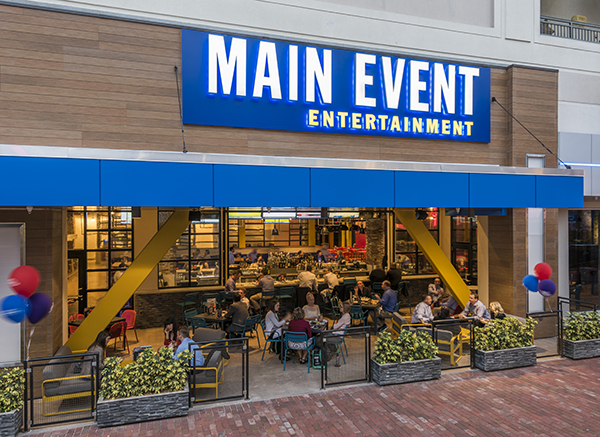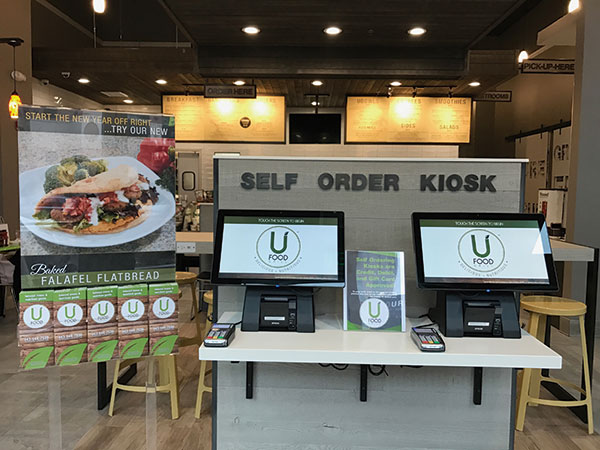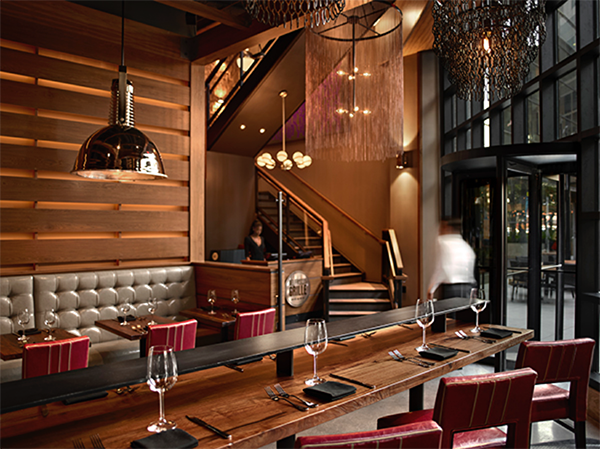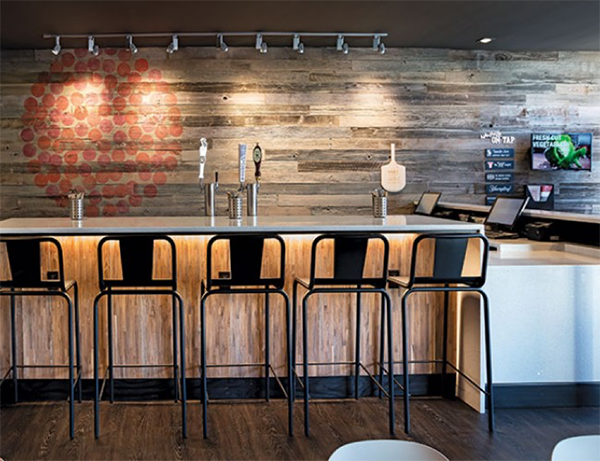Design
- Design
- Toby Weber
Needing to keep its base of affluent, in-the-know guests coming back, this entertainment concept has rolled out its second new design in less than 10 years.
- Design
- Rebecca Kilbreath
Some would argue that restaurants have been behind the curve on tech. I’m inclined to agree. Why should a high-touch hospitality industry be overly concerned with creating fewer interpersonal touchpoints?
- Design
- The Editors
Umami Burger at The Grove in Los Angeles debuted a new design in June, developed by Toronto-based DesignAgency.
- Design
- The Editors
Del Frisco’s Restaurant Group opened its second Del Frisco’s Grille in New York City, and it’s 24th overall.
- Design
- The Editors
Tipsy Robot, dubbed “the world’s first land-based robotic bar,” opened at Planet Hollywood Resort & Casino in Las Vegas.
- Design
- Toby Weber
Capriotti’s Sandwich Shop’s had a very simple, almost sparse design: white linoleum floors, some black-and-white checkerboard tile and basic tables and chairs.
- Design
- Rebecca Kilbreath
You've maybe heard about Millennial Pink? Once called "Mamie Pink" for First Lady Mamie Eisenhower's legendary love of the color (and part of the origin of how it became a color "for girls"), pink is on-trend. We've got a round-up of some of the pinkest (and hottest) restaurants utizling this sometimes polarizing color.
- Design
- Toby Weber
Once an afterthought, the interior of this regional pizza chain has gotten an upgrade.








